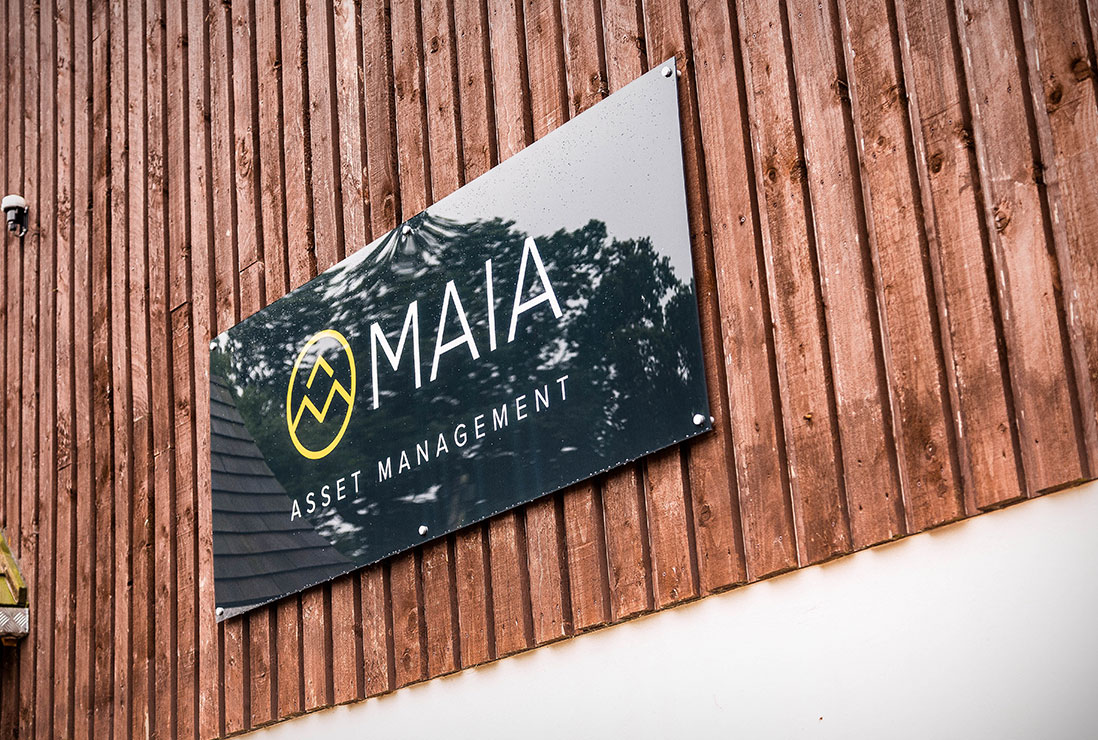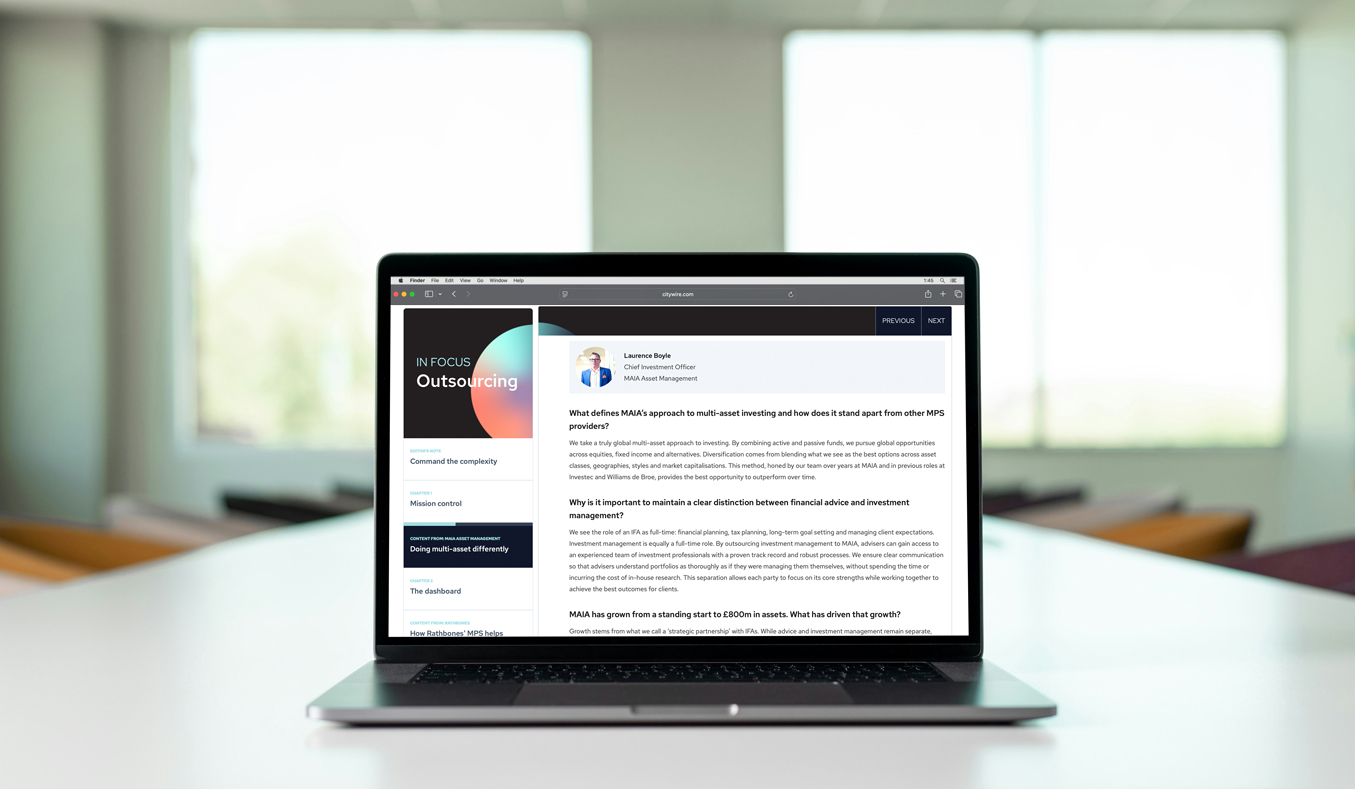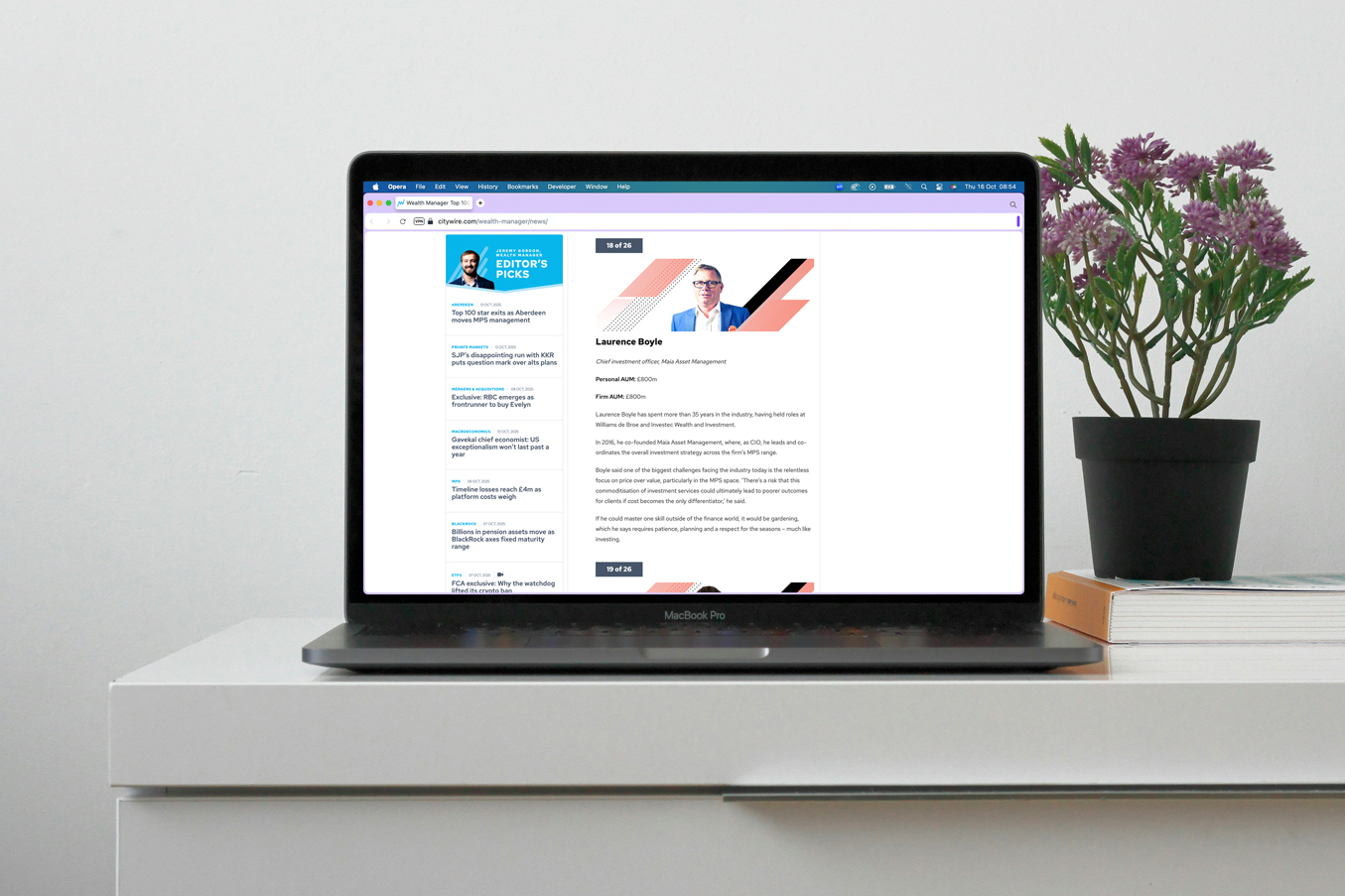Why do we invest in structured product funds?

The underlying assets of the structured product funds that we buy tend to be a mix of three components, the first, and largest, is a zero coupon bond, designed to return the initial investment at maturity, generally in 6 years’ time. The second and third components are options based on an index. One of these options is designed to produce the positive return targeted by the fund manager, eg an annual coupon of 7%, which will be achieved if the market is at or above a predetermined level, often up to 25% below the prevailing market level at which the option is taken out. The other is designed to produce a level of protection, generally ensuring that if the market falls more than 25% but by no more than 40% then investors will receive their initial investment back.
Due to the fact that the structured product can produce a positive return even when markets have fallen by 20%, the expected return in mildly downwards moving markets is between a quarter to a third of the underlying markets movement. The chart below shows the fall in the FTSE Allshare between June and December 2018, and the smaller losses incurred by the structured product funds we own.
Looking at the underlying assets within one of the structured debt instruments we own, the AHFM Defined Returns Fund, we can see that the fund is diversified across a range of individual structured debt instruments, with maturity dates ranging from December 2022 to January 2026. The level of the FTSE 100 required for these assets to mature and for the fund to achieve the economic return designed ranges from the highest of 5047.76 to the lowest of 4153.80. At the time of writing the FTSE 100 is currently 5065.16, so if the market remains at or above this level, no further recovery is required for all of the underlying assets to reach maturity and pay out their full return, which will equate to an annual return in the region of 7%.

What is different this time around?
The fears surrounding Coronavirus have had a dramatic effect on global markets, causing falls of 20% to 30% in just two weeks. This has had a significant impact on volatility measures, both the VIX, which is a short-term volatility measure, and on longer implied volatility measures. The consequence of this is that markets extrapolate what has been experienced and then price in the possibility that this can happen again within a short period of time. The pricing of structured products is therefore reflecting the falls in the index as market makers price in the possibility that the market will fall a further 20% and not recover any of this over the next 2 to 6 years. Whilst we anticipate market volatility will remain heightened whilst the unknown effect of Coronavirus, and subsequent economic impact, comes to light, we believe that Governments will undertake action to drive an economic recovery, albeit maybe at a more gradual pace than pre virus, once the threat of Coronavirus has been reduced.
With such a long period of investment for the underlying investments within these funds, we believe the sharp falls in pricing are not valuing in the longer-term effects that these types of investment provide.
As an example, the SG UK Defined Returns fund has provided losses in line with the falls in the FTSE 100 over the past few weeks. In the fund, the underlying holdings still have a 6-year run period and even with the losses felt in the underlying FTSE 100 index, capital protection barriers have not been breached. This means if there is no growth in markets over the next 6 years, investors will still receive back 100% of the monies invested into each of the individual holdings. Currently these holdings are pricing in a 20% fall. This also prices in no movement on the underlying index over the next 6 years. Something which we believe is priced far too negatively currently.
This type of pricing is very rare but does help to highlight how quickly investors have been to price in the worst possible scenario for the long term. If past drawdown periods are anything to go by, the chances of the underlying holdings breaching their capital levels and staying there over a 6 year period is very unlikely and there’s even a possibility that coupon levels will be reached and so a percentage return will be paid out alongside the capital repayment.
What do we expect going forward?
Whilst the performance of our structured debt instruments has been disappointing, it is understandable given the extreme market conditions we are experiencing. Currently investments have a cushion to their protection levels, such that if markets stabilise at or around these levels, even falling slightly from here, the funds offer potential returns of over 10 % per annum. As sentiment improves, we expect prices of the underlying assets to adjust potentially at a rate faster than the market, as the downside pressure reduces.
This website is aimed at Independent Financial Advisers, please tick the box to confirm that you are an IFA before entering the website.








